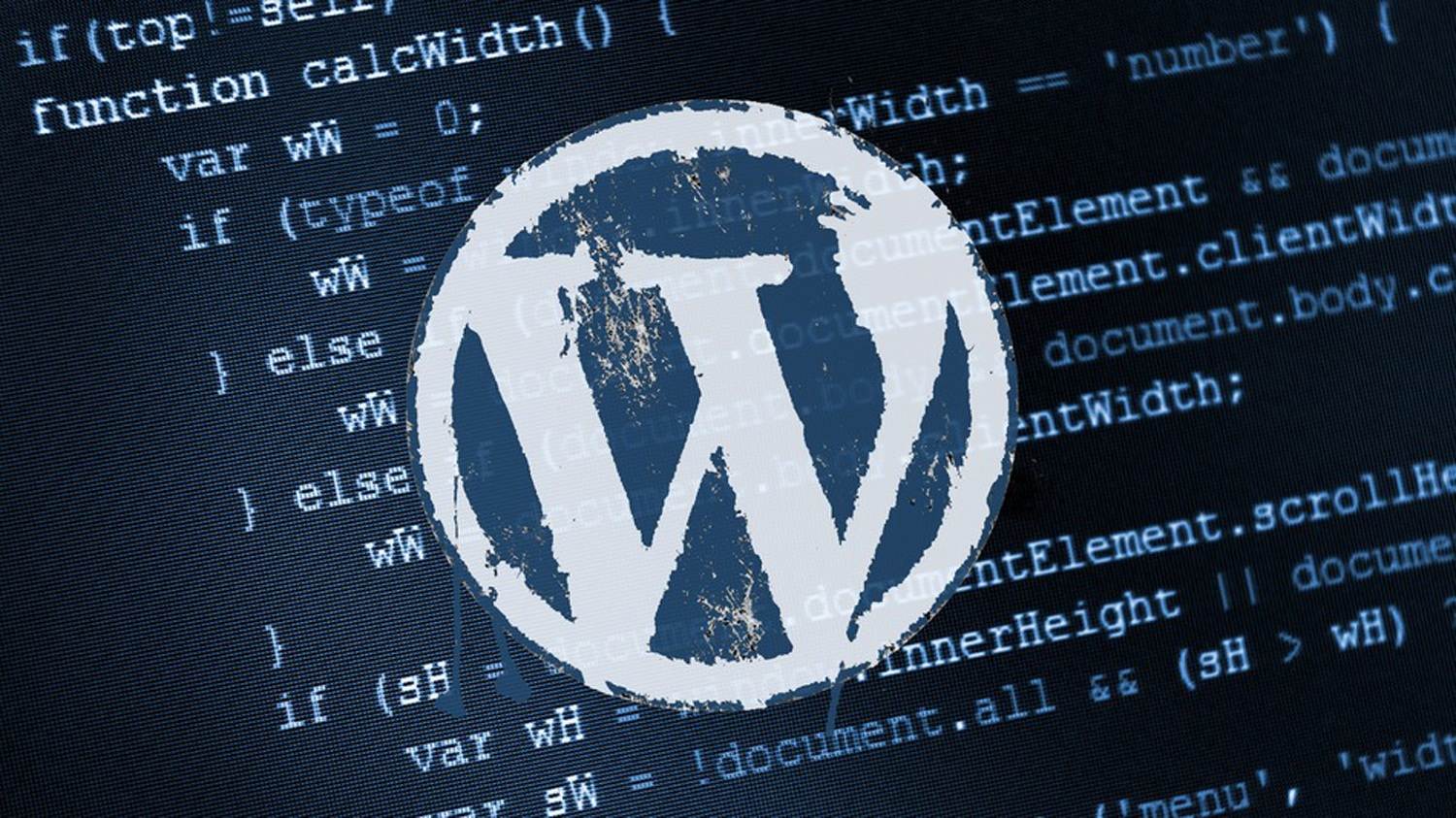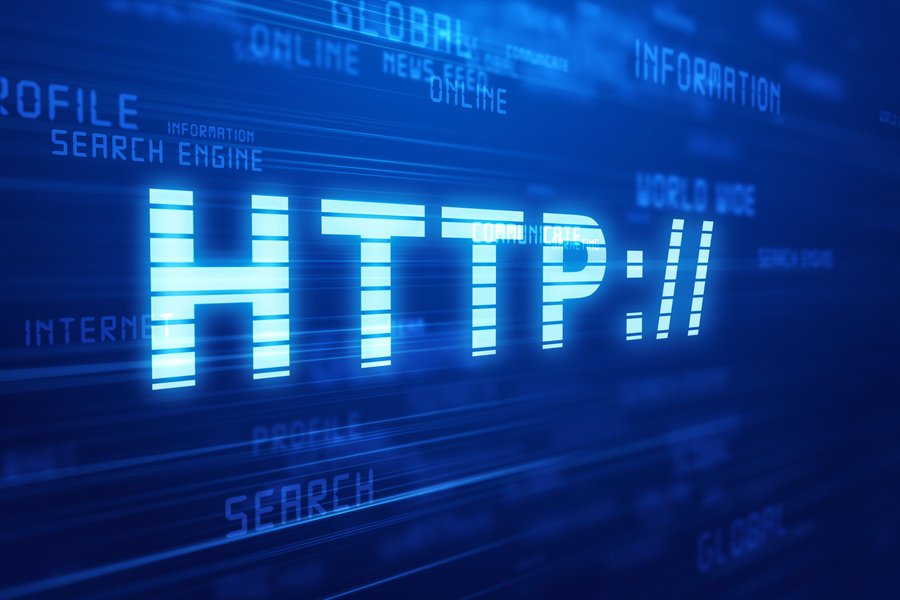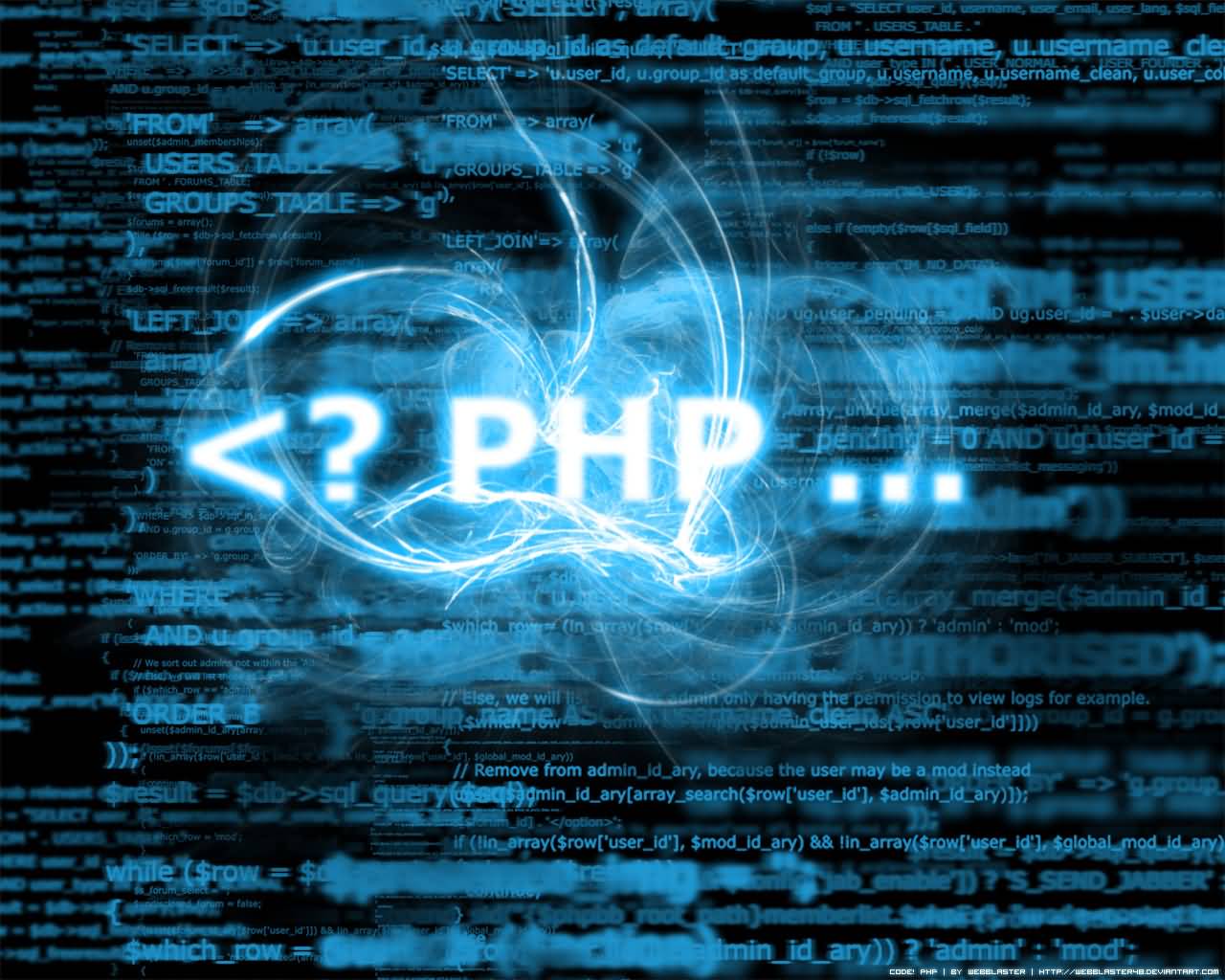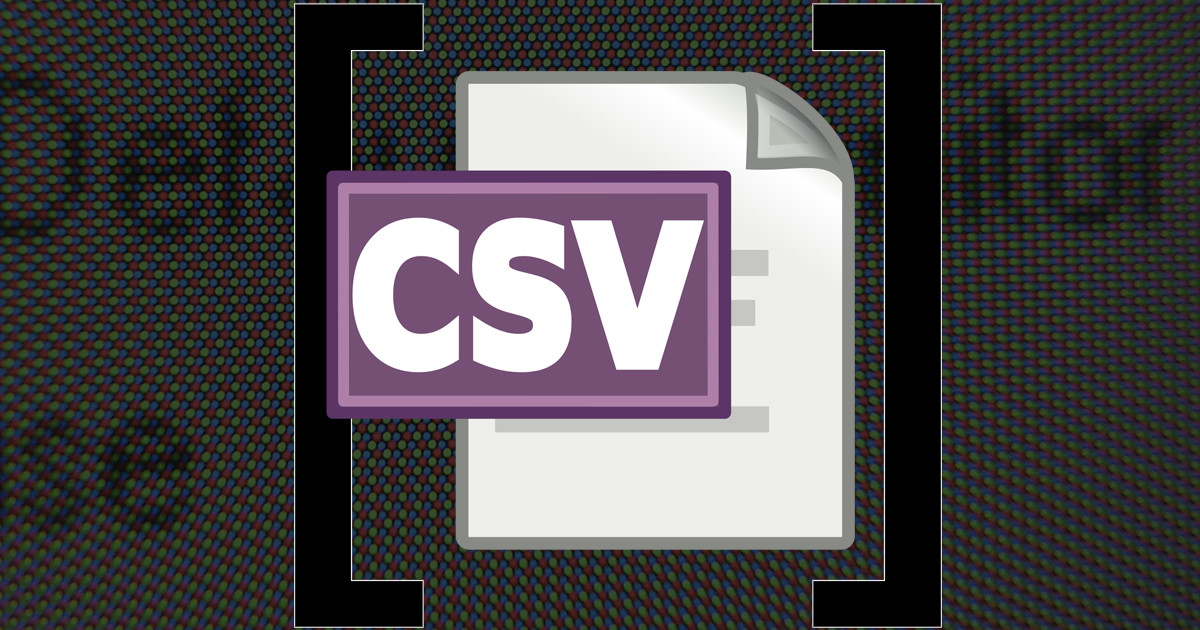WordPress Security Precautions
Security Precautions During WordPress Installation
1) Database Create a strong user password. It should contain uppercase letters, lowercase letters, numbers, and special characters.
2) Database name and username are simple and predictable names, i.e. database, db, admin, database There should be no names like.
3) WordPress, asks for a prefix on the installation screen. By default, it has the wp_ prefix. This databaseIt is the most suffix of the tables in . Use a prefix other than the default.
4) When choosing a username and password, choose a name other than admin or administrator. These are the defaults, so they're tested first. Similarly, create a strong password that includes uppercase and lowercase letters, numbers, and special characters. Avoid an email address like admin@siteadi.com that includes admin.
Security Precautions After WordPress Installation
1) .htaccess Add the following codes to your file.
# Block access to .htaccess file order allow,deny deny from all # remove server signature ServerSignature Off # limit file upload size to 10mb LimitRequestBody 10240000 # block access to wpconfig.php file order allow,deny deny from all # Block access to wp-load.php order allow,deny deny from all # cancel index listing Options All -Indexes
2) wp-config.php There's a section in the file called the unique keys section. If you haven't touched it yet, you'll see a view like the one below.
define('AUTH_KEY', 'put your unique character set here'); define('SECURE_AUTH_KEY', 'put your unique character set here'); define('LOGGED_IN_KEY', 'put your unique character set here'); define('NONCE_KEY', 'put your unique character set here'); define('AUTH_SALT', 'put your unique character set here'); define('SECURE_AUTH_SALT', 'put your unique character set here'); define('LOGGED_IN_SALT', 'put your unique character set here'); define('NONCE_SALT', 'put your unique character set here');
This is very important. Cookies and password records are encrypted with these. For the codes you will add here: http://api.wordpress.org/secret-key/1.1/salt when you visit WordPress It will give you the necessary codes. Just copy and paste.
3) Use plugins as sparingly as possible. They will slow down your site and increase its vulnerability to attack.
4) Use themes and plugins as much as possible WordPress Get it from reliable sources like or write it yourself. Never use warez themes or plugins.
5) In this article close the security hole.
The most important thing is WordPressContinuously update your .






